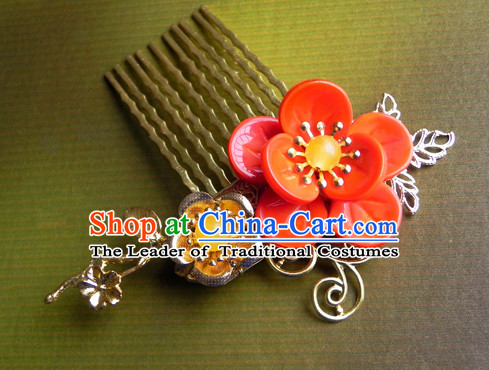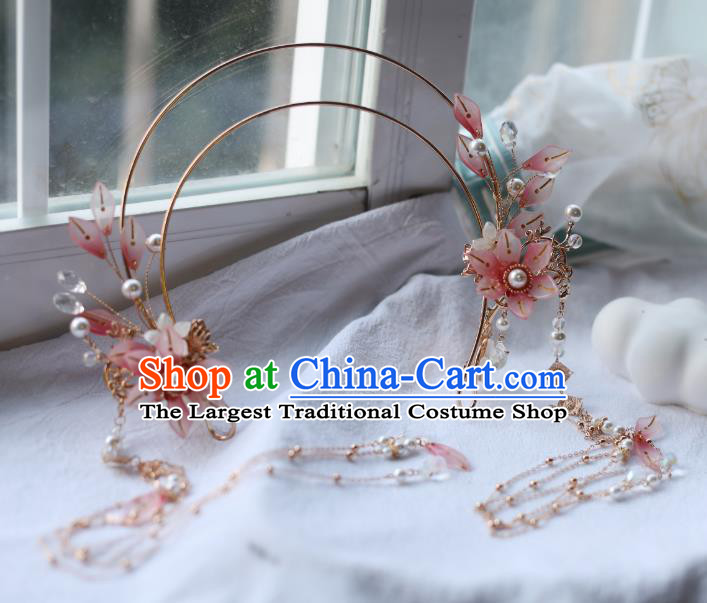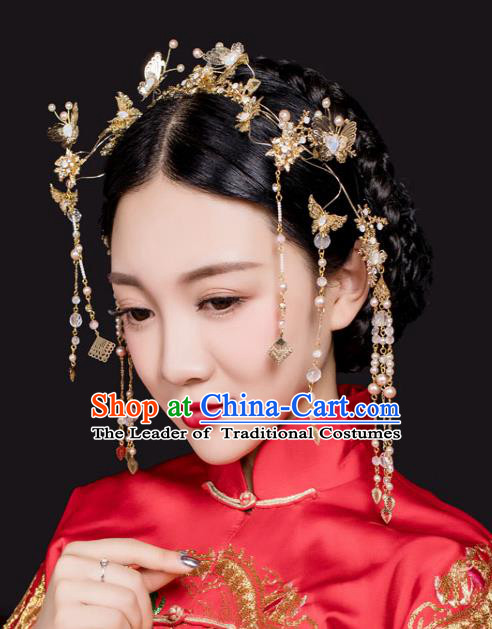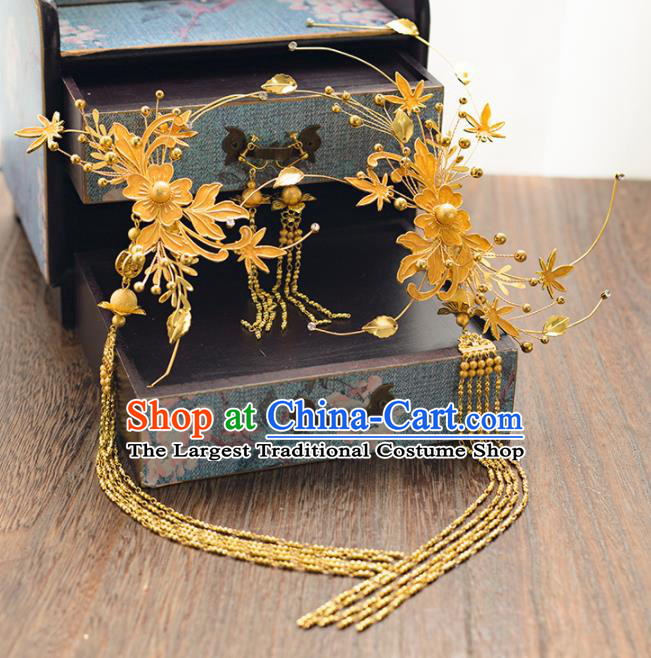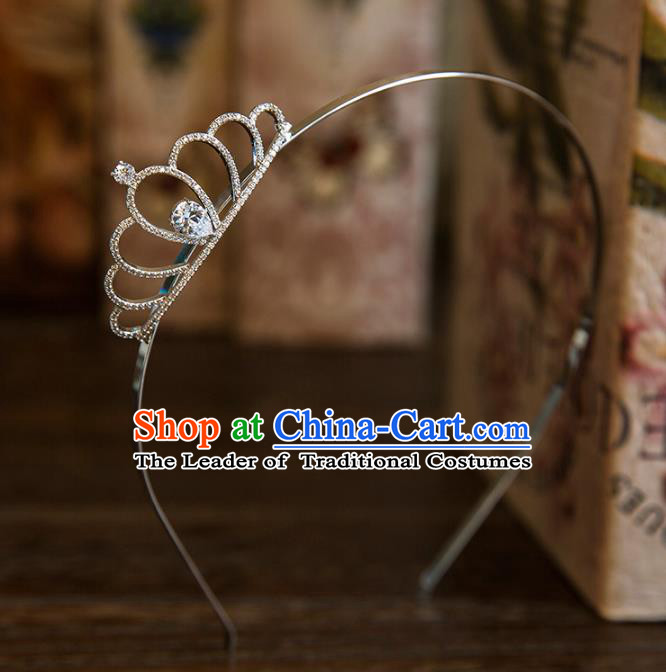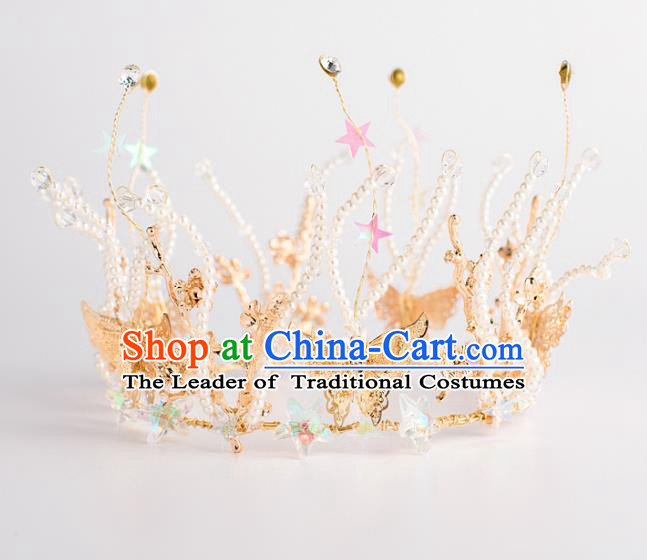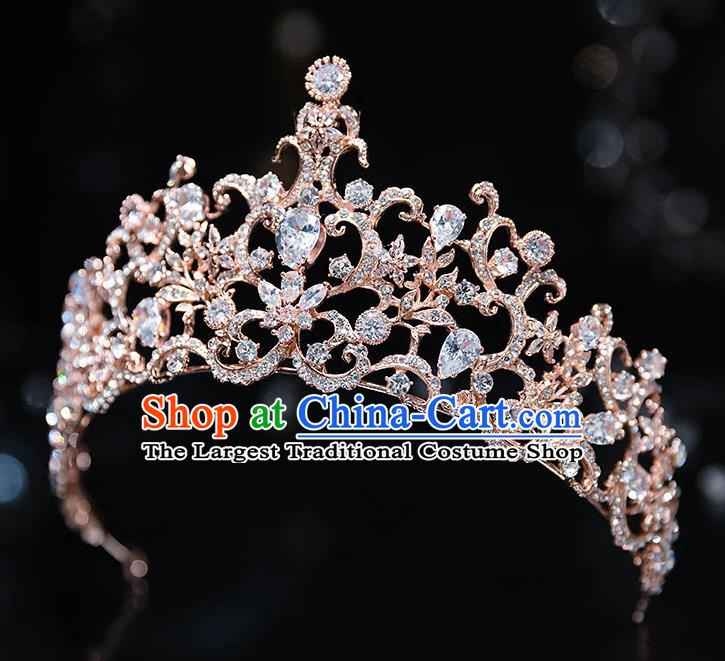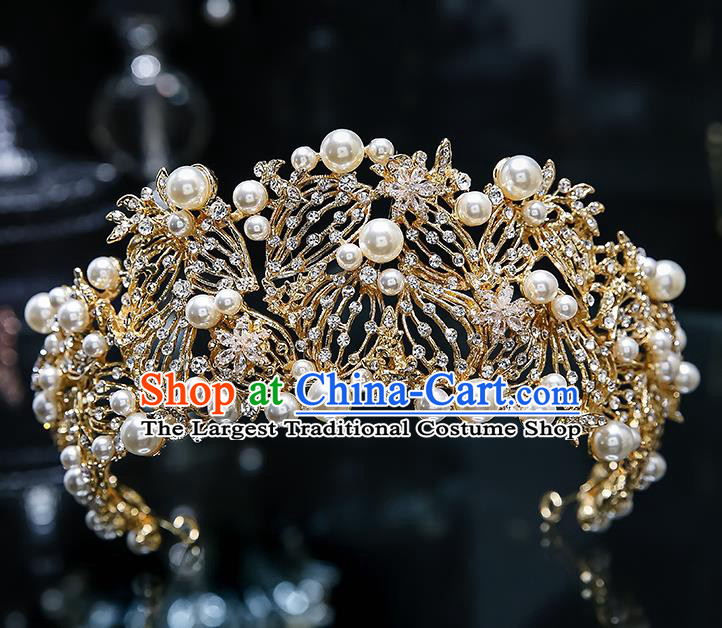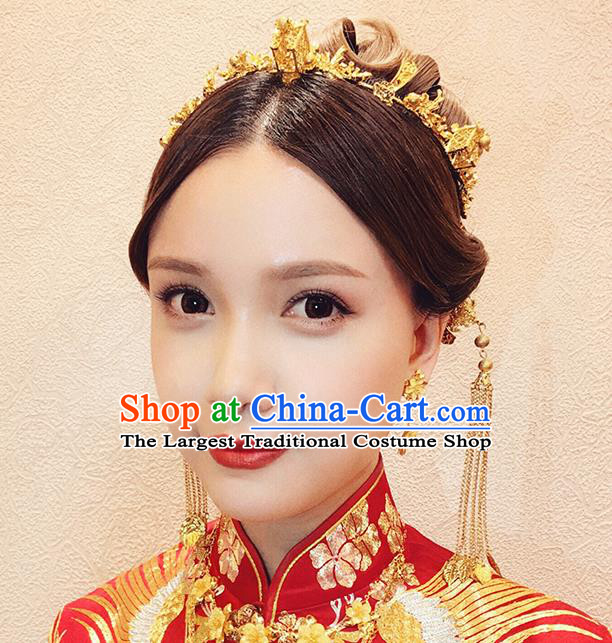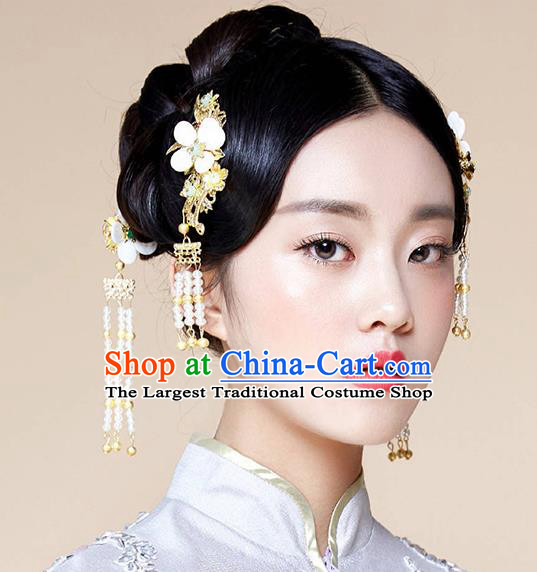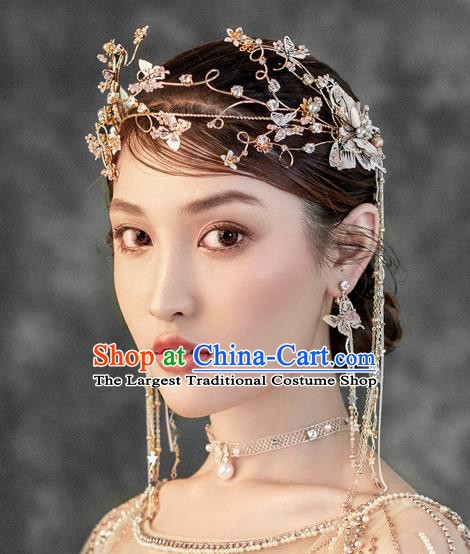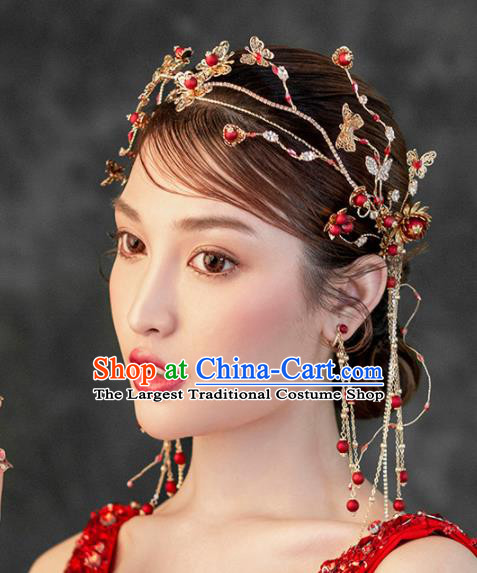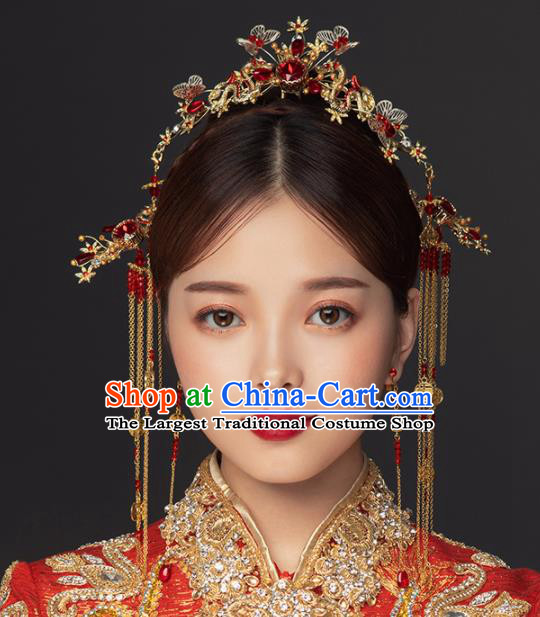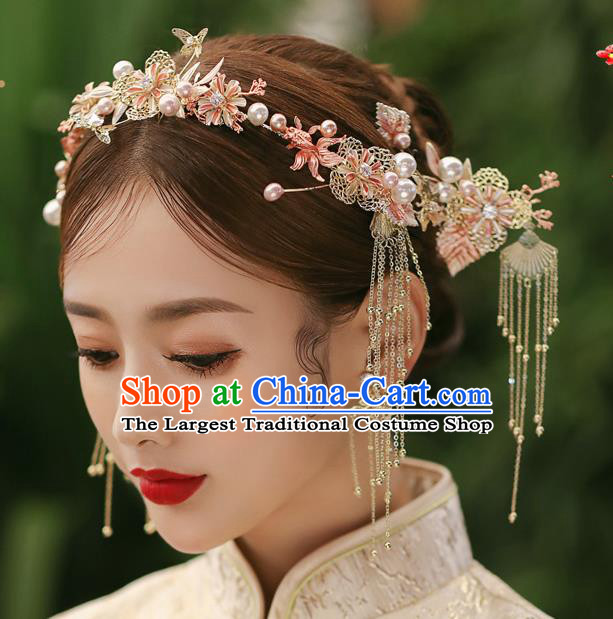
Click Related Pictures for More Audios:
In China, hair combs are traditional art pieces with a rich cultural significance and a long history.
They are usually made of exquisite metals, jade or ceramics, adorned with various patterns and designs.
These hair combs not only serve practical purposes but also carry profound historical and symbolic meanings.
In ancient times, hair combs were exclusive items for the noble class, representing status and nobility.
They were often inlaid with precious gemstones such as rubies, emeralds, and pearls to showcase the owner's wealth and taste.
Additionally, the patterns and designs on the hair combs reflected the aesthetic values and social customs of that era.
For example, dragon and phoenix patterns symbolize good fortune and prosperity, while lotus flowers represent purity and elegance.
Over time, hair combs gradually became popular fashion accessories.
In modern society, people still use hair combs to style their hair while expressing their unique personalities.
Many designers incorporate traditional hair comb elements into contemporary designs, creating innovative and artistic works.
These works retain the characteristics of traditional aesthetics while showcasing innovation and contemporary spirit.
In conclusion, Chinese traditional classical hair combs are fascinating art and cultural artifacts.
They not only have practical value but also carry profound historical and symbolic meanings.
By appreciating and inheriting these hair combs, we can better understand the essence of Chinese traditional culture and integrate it into our modern lives.


